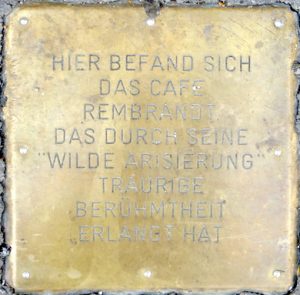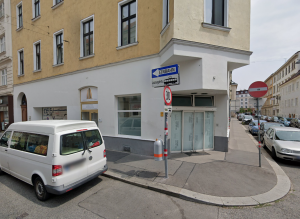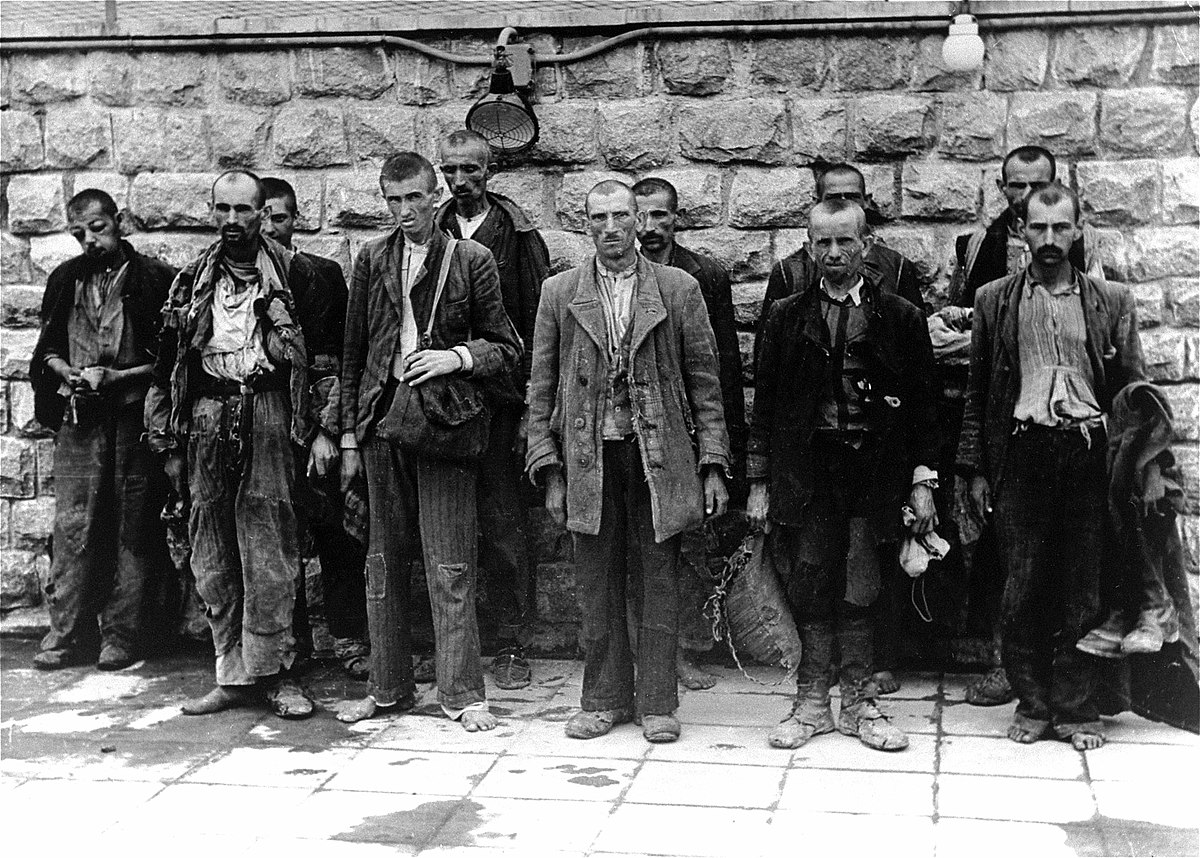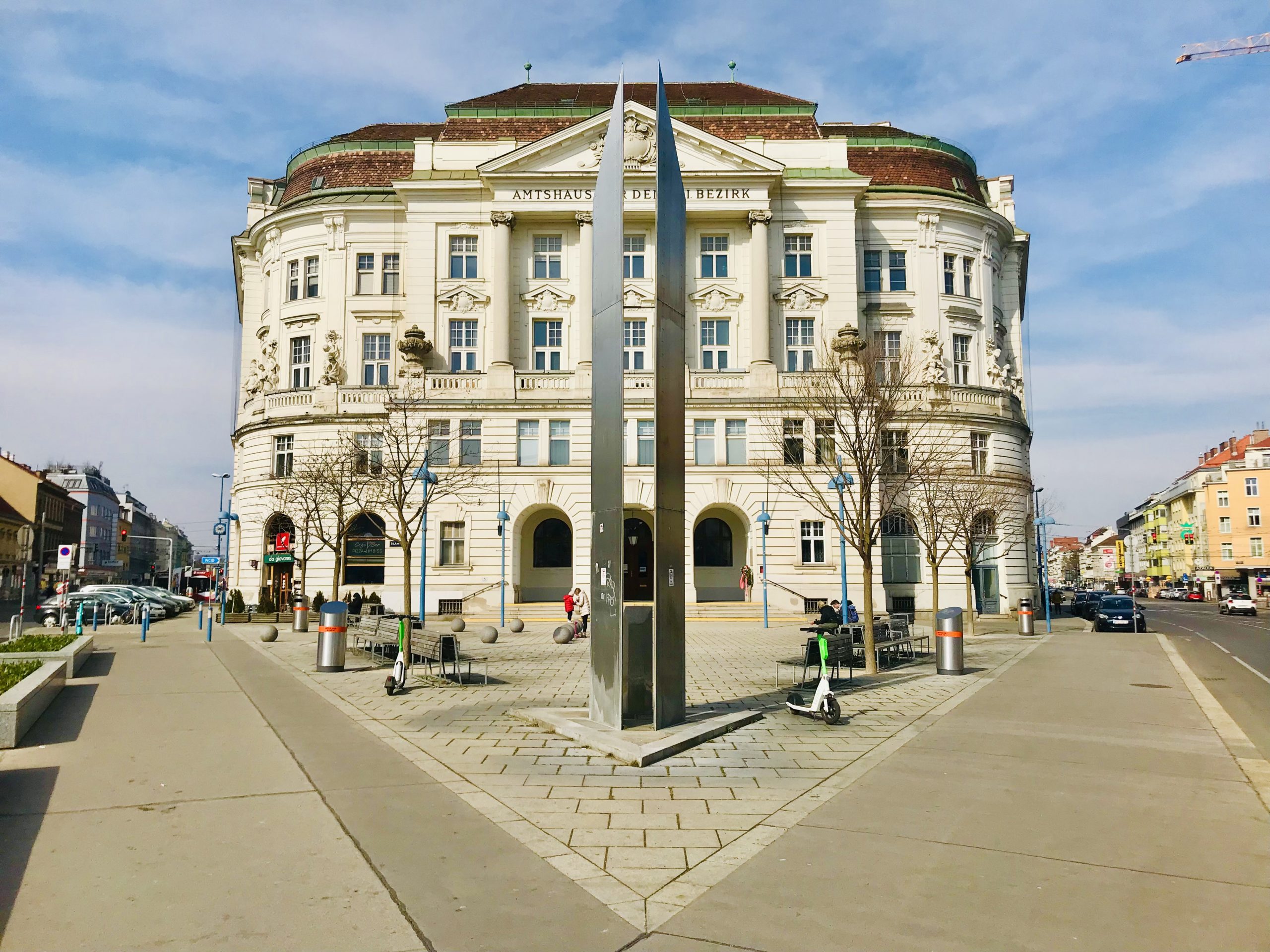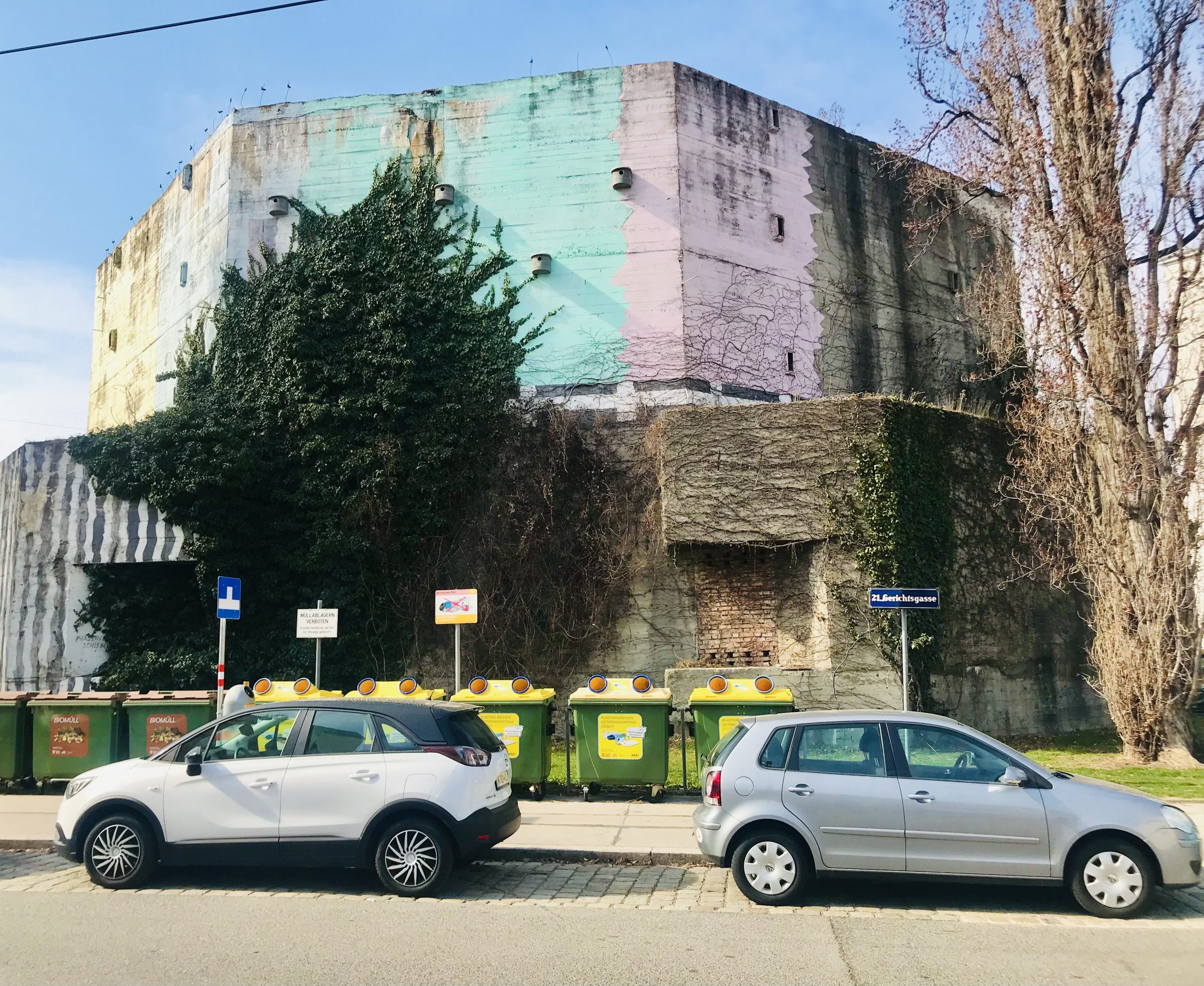
JEWISH VIENNA | FORGOTTEN INTERNMENT CAMPS
VIENNA’S JEWS WERE DEPORTED FROM THESE FORGOTTEN INTERNMENT CAMPS PERSPECTIVES Unlike in Germany, where the Jewish population was deported from several different cities, in Austria deportations of the Jewish population were centralized from Vienna’s Aspangbahnhof or Aspang Railway Station. From February 1941 to October 1942, the majority of the Vienna’s Jewish population was deported to ghettos and concentration camps in the east from this train station. The transports to the camps were organized by Austrian born SS Captain Adolf Eichmann, who was in charge of the Nazi Central Agency for Jewish Emigration in Vienna. Eichmann had one primary objective — to speed up the rate that Jews were being deported from the city. Before being deported, Jews were held against their will at four internment camps in Vienna’s 2nd District: – Kleine Sperlgasse 2a; – Castellezgasse 35; – Malzgasse 7; and – Malzgasse 16 At these camps, Jews were bullied, humiliated, and robbed of their honor and last possessions before being sent to their deaths. Today, these camps have all been completely forgotten to history. Between 1939-1945, a total of 48,953 Jews were forcibly deported from Vienna. Of this number, 47,035 Jews were forcibly transported on trains that departed from the Aspangbahnhof. Tragically, only 1,073 of the Jews deported from the Aspangbahnhof would survive the Holocaust. HOMECOMPANION GUIDE Disclosure: White House Travel is a participant in the Amazon Services LLC Associates Program and Agoda affiliate programs, designed to provide a means for us to earn fees by linking to Amazon and affiliated sites at no extra cost to you.
Read More 
OPERATION RADETZKY MEMORIAL
Table of Contents A MEMORIAL DEDICATED TO THE MEN WHO TRIED TO SAVE A CITY Am Spitz, 21st District OPERATION RADETZKY On 19 March 1945, Hitler issued what became known as the “Nero Decree” — the planned destruction of all infrastructure within the German Reich. Operation Radetzky was the code name given to a defensive plan organized by a group of Austrian opponents of the Nazi regime to surrender the city of Vienna to the advancing Soviet army. The plan involved four major players: Major Carl Szokoll, Major Karl Biederman, Lieutenant Rudolph Raschke, and Second Lieutenant Alfred Huth. Today, the Operation Radetzky Memorial stands in their honor. THE NERO DECREE In Vienna, German troops were ordered to destroy the city’s vital infrastructure for transportation, information, industry and public utilities. This would include bridges, railway stations, water plants, electrical plants, gas plants, important road corridors, public transportation networks – in short anything and everything the enemy could use to help them advance their goals. Viennese Major Carl Szokoll was instructed to draft the plans for Vienna’s self-destruction. However, this was not Szokoll’s first rodeo. In July 1944, Szokoll participated in Colonel Claus von Stauffenberg’s plot to assassinate Hitler at the Wolf’s Lair and to assume power. During Operation Valkyrie, Stauffenberg detonated a bomb in the presence of Hitler; however, Hitler miraculously survived the blast. Believing incorrectly that Hitler had been killed, Szokoll and other plotters rounded up the leading SS and Nazi officials in Vienna. During the ensuing investigation, Szokoll was able to convince the Gestapo that he had simply been following orders and was released. Szokoll was promoted to Major and was tasked with defending Vienna from the advancing Soviets. In Spring 1945, Szokoll joined Operation Radetzky and became one of the key players. For Operation Radetzky to succeed, Szokoll and other military commanders in Vienna needed to pretend they were making preparations to destroy the city, while actually making plans to save it from annihilation. Szokoll worked closely with the Austrian Resistance group, the O5, to successfully contact Soviet leadership. Separately, the Allies agreed to not bomb Vienna during the turnover. TRAGEDY STRIKES On the evening of 4 April, Major Karl Biedermann was betrayed and arrested by the Gestapo. Biedermann’s role in Operation Radetzky, which had now been partially uncovered, was to secure the city’s bridges. The Gestapo frantically investigated to determine the goals of Operation Radetzky. The Operation continued as planned. On 5 April, Soviet planes dropped red flares to signal their arrival overhead. The resistance fighters responded with green flares to mark the beginning of Operation Radetzky. Lieutenant Rudolf Raschke, and Second Lieutenant Alfred Huth were arrested while trying to commandeer the Bisamberg radio tower on the northern edge of Vienna. Szokoll was warned, evaded arrest and fled to the Soviet 9th Guards Army command post at Purkersdorf where he briefed the Soviets on the failure of the operation. On 8 April, the Nazis hung Biedermann, Raschke, and Huth from the lampposts at the Am Spitz square in Floridsdorf. Signs attached to their bodies read “I have made a pact with the Bolsheviks.” SAVING VIENNA In addition to the planned surrender, Szokoll and his team provided the Soviets with the the German battle plans for the defense of Vienna as well as the locations of munitions and other key military details. Suing this intelligence, the Soviets surprised the Nazis by advancing from the West and North rather than the South. The Battle for Vienna lasted from 6-13 April 1945. The rapid Soviet advance prevented the Nazis from creating a siege situation and saved numerous lives and the left Vienna largely intact. OPERATION RADETZKY MEMORIAL Today, the Operation Radetzky Memorial stands in the Am Spitz square to recognize the bravery of Major Karl Biederman, Lieutenant Rudolph Raschke, and Second Lieutenant Alfred Huth. There is also plaque on the main entrance of the Town Hall in Am Spitz. EPILOGUE After the war, Szokoll went on to start a film production company. He is buried in the Central Cemetery of Vienna. Biedermann, Raschke, and Huth were cremated and had their remains buried on 2 August 1945 in Vienna in Hietzingen cemetery (group 66, row 19, number 5). NEAR THIS PLACE VOICEMAP | VIENNA SELF GUIDED WALKING TOUR. Want to learn how the Mossad operation to bring Nazis like Adolf Eichmann to justice originated in Vienna? Check out our VoiceMap self guided walking tour: VIENNA + THE HOLOCAUST: FROM TRAGEDY TO JUSTICE. You can preview it for FREE. Start point is Nestroyplatz on the U1 red line in the 2nd District. SEEGROTTE HINTERBRUHL MINE. The Seegrotte Hinterbruhl Mine is a family friendly attraction that was once used by the Nazis to build the world’s first fighter jet. WW2 SITES NEAR VIENNA | MESSERSCHMITT ENGINE FACTORY. Explore World War 2 sites near Vienna along a scenic hiking trail. See the Messerschmitt Bf 110 aircraft repair factory and the front lines of the Battle of Vienna. BEST PLACES TO STAY SO/ VIENNA. Designed by the famous architect Jean Nouvel, this stylish hotel is near all of the sites. Panoramic views over Vienna, a gourmet restaurant, a gym, and FREE spa facilities. Modern, spacious rooms with air conditioning, FREE mini-bar, and FREE Wifi. ADDRESS: Praterstraße 1, 02. Leopoldstadt, 1020 Vienna. RUBY LISSI HOTEL VIENNA. Boutique hotel located in an 18th-century building in Vienna’s first district. Luxuriously furnished rooms with air conditioning, wooden floors, use of tablet device and FREE Wifi. Each room has a Marshall amplifier and guitars can be rented. Organic breakfast and 24/7 access to Italian antipasti and snacks, beverages and selected wines. ADDRESS: Fleischmarkt 19 / Laurenzerberg 2, 01. Innere Stadt, 1010 Vienna. GRAND FERDINAND VIENNA. Opened in autumn 2015, located on the Ringstraße boulevard in the center of Vienna. Modern spacious rooms with air conditioning. Rooftop pool, 3 restaurants, fitness center, and FREE Wifi. ADDRESS: Schubertring 10-12, 01. Innere Stadt, 1010 Vienna. LE MERIDIEN VIENNA. Located on the Ringstraße in the heart of Vienna. Modern, spacious rooms with amenities. Indoor pool, spa facilities, fitness center, FREE mini-bar, and FREE Wifi. ADDRESS: Robert-Stolz-Platz 1, 01. Innere Stadt, 1010 Vienna. BOOKSHELF HOME AUSTRIA Disclosure: White House Travel is a participant in the Amazon Services LLC Associates Program and Agoda affiliate programs, designed to provide a means for us to earn fees by linking to Amazon and affiliated sites at no extra cost to you.
Read More 
VIENNA AIR RAID SHELTER
Table of Contents A WORLD WAR 2 AIR RAID SHELTER NEAR VIENNA HAS A PASTEL MAKEOVER Gerichtsgasse, 21st District Nestled in a quiet neighborhood across the Danube River in the 21st District, just minutes from the city center of Vienna, is one of the city’s remaining relics of World War 2. This massive concrete Air Raid Shelter near Vienna was constructed during Summer 1944 – Spring 1945. You will need to work hard to find this gem as it is not on any tourist maps. The front of the Air Raid Shelter has been painted in warm pastels. The Shelter is located just off the sidewalk and sits between two modern apartment buildings. There are no restrictions or fences, so you can walk around and explore as much as you like. Although the front of the Air Raid Shelter has been painted, the rest of the structure is “as is” and its 1940’s era concrete remains is good condition. The doors have been bricked up so you cannot enter. Although the Air Raid Shelter has been characterized as a Memorial, there are no visible signs to this effect. ALLIED BOMBING OF VIENNA The city of Vienna was bombed 52 times during World War 2. Allied bombs destroyed 37,000 buildings and approximately 20% of the entire city. The first air raid took place on 4 September 1942, when a lone Soviet bomber targeted the city. Allied planes began bombing Vienna in earnest in 1944. The skies over Vienna were defended by a ring of anti-aircraft batteries set up around the city and by three pairs of Flak Towers. By early 1945, Vienna had already faced 1,800 bombs. In February and March 1945, 80,000 tons of bombs were dropped by US and British aircraft. 270,000 people were left homeless. CONSTRUCTION OF THE AIR RAID SHELTER Hungarian Jews as well as Polish and Russian slaves from the Vienna-Floridsdorf satellite camp of the Mauthausen concentration camp were used as forced labor to build the Air Raid Shelter. After completing the Shelter, the Nazis forced these laborers to march 120 miles to the main Mauthausen concentration camp in Upper Austria. In 1945, the Shelter was damaged when a munition exploded on the roof. PURPOSE OF THE AIR RAID SHELTER This Air Raid Shelter was specifically built to protect the workers at the nearby Siemens facility in Floridsdorf. Among other armaments contracts, this Siemens facility produced control components for the V-2 rocket. The Air Raid Shelter also protected workers at the Heinkel-Süd aircraft factory, the Floridsdorf Oil Refinery, as well as technicians at the nearby Messerschmitt Engine Factory. In early July 1944, Allied bombers struck the Heinkel-Süd plant in Floridsdorf, destroying the third prototype of the He 177B four engined bomber, and possibly damaging the incomplete fourth prototype He 177B airframe. During the Allied oil campaign, American B-17 and B-24s dropped their payloads 16 times on the Floridsdorf Oil Refinery. AIR RAID SHELTER TODAY NEAR THIS PLACE VOICEMAP | VIENNA SELF GUIDED WALKING TOUR. Want to learn how the Mossad operation to bring Nazis like Adolf Eichmann to justice originated in Vienna? Check out our VoiceMap self guided walking tour: VIENNA + THE HOLOCAUST: FROM TRAGEDY TO JUSTICE. You can preview it for FREE. Start point is Nestroyplatz on the U1 red line in the 2nd District. SEEGROTTE HINTERBRUHL MINE. The Seegrotte Hinterbruhl Mine is a family friendly attraction that was once used by the Nazis to build the world’s first fighter jet. WORLD WAR 2 SITES NEAR VIENNA | MESSERSCHMITT ENGINE FACTORY. Explore World War 2 sites near Vienna along a scenic hiking trail. See the Messerschmitt Bf 110 aircraft repair factory and the front lines of the Battle of Vienna. BEST PLACES TO STAY SO/ VIENNA. Designed by the famous architect Jean Nouvel, this stylish hotel is near all of the sites. Panoramic views over Vienna, a gourmet restaurant, a gym, and FREE spa facilities. Modern, spacious rooms with air conditioning, FREE mini-bar, and FREE Wifi. ADDRESS: Praterstraße 1, 02. Leopoldstadt, 1020 Vienna. RUBY LISSI HOTEL VIENNA. Boutique hotel located in an 18th-century building in Vienna’s first district. Luxuriously furnished rooms with air conditioning, wooden floors, use of tablet device and FREE Wifi. Each room has a Marshall amplifier and guitars can be rented. Organic breakfast and 24/7 access to Italian antipasti and snacks, beverages and selected wines. ADDRESS: Fleischmarkt 19 / Laurenzerberg 2, 01. Innere Stadt, 1010 Vienna. GRAND FERDINAND VIENNA. Opened in autumn 2015, located on the Ringstraße boulevard in the center of Vienna. Modern spacious rooms with air conditioning. Rooftop pool, 3 restaurants, fitness center, and FREE Wifi. ADDRESS: Schubertring 10-12, 01. Innere Stadt, 1010 Vienna. LE MERIDIEN VIENNA. Located on the Ringstraße in the heart of Vienna. Modern, spacious rooms with amenities. Indoor pool, spa facilities, fitness center, FREE mini-bar, and FREE Wifi. ADDRESS: Robert-Stolz-Platz 1, 01. Innere Stadt, 1010 Vienna. BOOKSHELF HOME AUSTRIA Disclosure: White House Travel is a participant in the Amazon Services LLC Associates Program and Agoda affiliate programs, designed to provide a means for us to earn fees by linking to Amazon and affiliated sites at no extra cost to you.
Read More 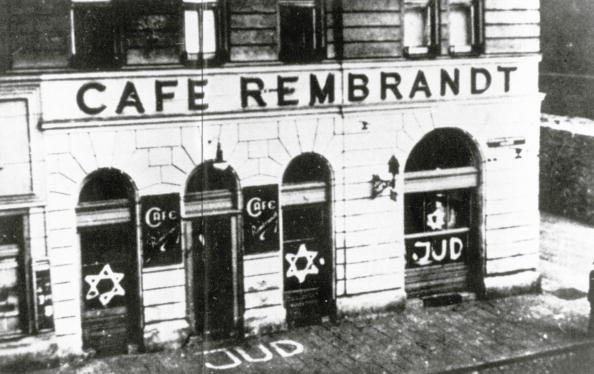
![]()
